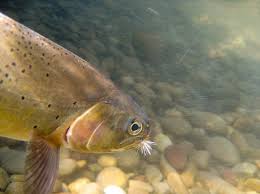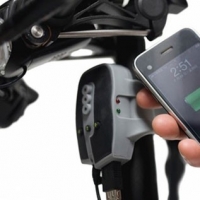So you have decided you want to start Saltwater Fishing. To begin fishing in saltwater you will need to purchase a Florida saltwater license. This can be achieved either over the phone, online, or the third alternative is to go to one of your retail sporting goods stores to purchase your license. I prefer to purchase my license at the sporting goods store so that I have the opportunity to buy any additional fishing equipment or supplies at the same time.
The next step is to purchase your equipment. You will need to buy a fishing reel with at least 4 stainless steel ball bearings that will help protect the reel from the corrosive nature of saltwater. Any of the top name brands will do. Try to get the most features for the least amount of money starting out. You can start with either a baitcaster style reel or a spinning style reel. The Spinning style reel is much easier to master and tends to cast further for a beginner. Remember to always rinse your equipment thoroughly with freshwater after each trip.
Next is your fishing rod. I prefer a graphite rod because they are light, strong, & sensitive. If you want a rod that is much more durable you may want a graphite - fiberglass combination. You lose some of the sensitivity but don't need to worry as much about breaking the rod accidentally. I prefer at least a 7' long 1 piece rod. The longer the rod, the further you can cast. For a baitcaster reel you will need a rod that has the smaller eyes all the way down the rod. For a spinning rod you will need the type rod that has a large eye towards the bottom and the eyes gradually get smaller towards the tip of the rod.
Once you have your rod and reel picked out you will need to buy either braided fishing line or monofilament fishing line for your reel. I prefer braided line over monofilament line for eveything except offshore deep water fishing. The braided line has no stretch and is much more sensitive than monofilament. braided line also last longer and doesn't dry rot nearly as fast as monofilament.
Now for your tackle. For leader material I use flourocarbon leader material because it virtually becomes invisible underwater. 2 - 3 feet of 20 - 30 lb. test is plenty. For hooks I prefer a circle hook generally 95% of the time because they tend to hook the fish in the corner of the mouth instead of gut hooking the fish. Size depends on the size fish you are fishing for. Inshore a 1/0 to 3/0 is fine. Just remember when setting the circle hook with your rod and reel, don't yank - just crank when you feel weight on the line. If you yank, the cam action of the hook will make the hook come out of the fishes mouth without a hookup.
Now that you have the basics, get out to the water fishing and start catching.
The MCB (Master Caster Blaster)

The Best High - Tech Biking Accessories

Tyler Hamilton’s 6 Tips for Cycling Enthusiasts

Copyright © www.mycheapnfljerseys.com Outdoor sports All Rights Reserved